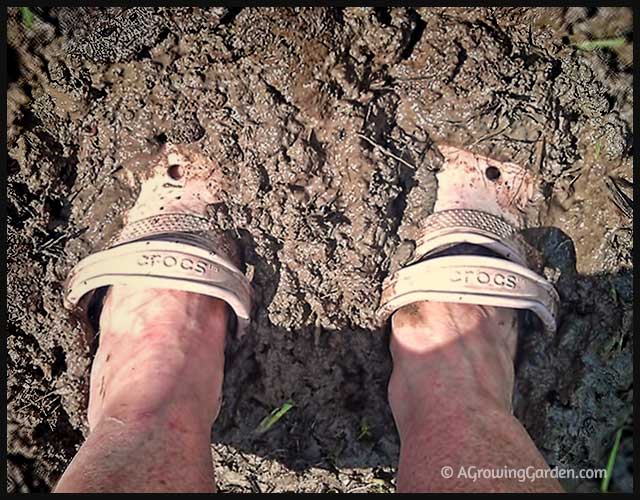
Our garden started out fantastically this year. I purchased new T5 grow lights and WOWEE! what a difference they made! I started all of my seeds right on time and had no problems. We had a ton of healthy, vibrant seedlings ready to plant out in the garden in early spring and the plants grew so magnificently during the months of April and May that we were sure we were going to have the best harvest ever.
Then, during the first few days of June, it started raining and it just wouldn't stop. Everything (except for the water!) went downhill. And fast.
In the last month alone we've received over 10 inches of rain and we have been facing what seems to be an unending muddy muck in the vegetable garden.
It's a mess.
Sadly, we lost quite a few of our plants to the overabundance of water. Seeds that had been planted shortly before the rains started floated away or were just too waterlogged to sprout. Walking around in the garden has become a feat unto itself and I am amazed that no one has lost a shoe in the muck yet.
This is the first time we've faced this problem in the spring and early summer and it got me thinking about how flooding affects gardens. Did you know that too much water can kill plants quickly? After even a day or 2 in standing water, a plant's roots can suffocate and die.
So what can you do?
Flooding from streams or surface water overflowing into your garden may bring pathogens along that can cause food borne illnesses. And of course, you shouldn't try to salvage any plants that may have been contaminated by sewage, chemicals, oil, or any other nasty run off. Get rid of those plants and to be safe, don't eat them! YUCK.
If the problem is from too much rain and pooling, the plants may be damaged, but they might not be inedible. Interestingly enough, the younger the plants are, the less likely they are to die from the water. More mature plants and those closer to harvest time though, are likely to have quite a bit of damage from the standing water and more likely to poop out and die.
Our problem this year was simply too much rain. After a day or so of non-stop raining, we realized the rains weren't stopping any time soon and we needed to get out into the garden to try to fix things and quick. My husband and I braved the weather and hand dug a trench through the whole garden and down into our yard. This immediately helped drain the water away from our vegetable plants. It took forever to dig and there was a lot of water to move, but once completed, the water started draining pretty quickly. We should have done it sooner (preferably ahead of time!).
Planting in raised beds can help a lot with flooding and pooling. Getting the plants up above the standing water can make a big, big difference.
Looking back, I wish that I had planted each type of plant in more than one location. For example, I lost all but one of my brussel sprouts. Had I planted half of the plants in one spot in the garden and the other half in another spot, I might have had better luck. Where the brussel sprouts were planted this year took the hardest hit from the water - they just didn't have a chance!
I also wish I had waited to plant out all of my plants. I should have either started extra seedlings (with the idea that I wouldn't need all of them) or I should have kept some back, just in case, and planted the others a few weeks after the first set. Luckily, I hadn't planted all of my tomatoes when the rains started, and the ones I had growing in gallon pots on my deck were just fine during the rains. I just planted them out in the garden a few days ago... these plants will (hopefully) save our tomato harvest this year.
If it's still early enough, you can also try to start more seeds or buy new plants too. I'm hoping I can make up in the fall for the broccoli, cabbage, and lettuce that was killed this spring.
In the end, Mother Nature is unpredictable. The best tip is to be prepared (easier said than done, right?), and to move quickly when you think you have a problem. It doesn't take much standing water to ruin your garden.






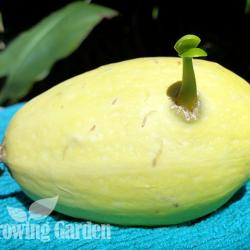
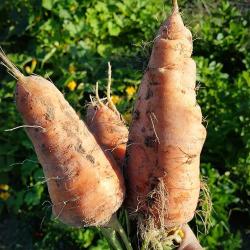
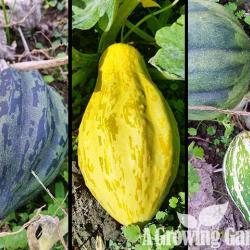

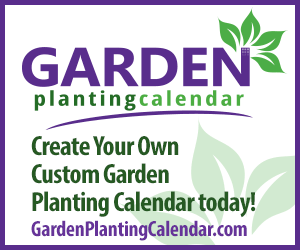

Join the Conversation!